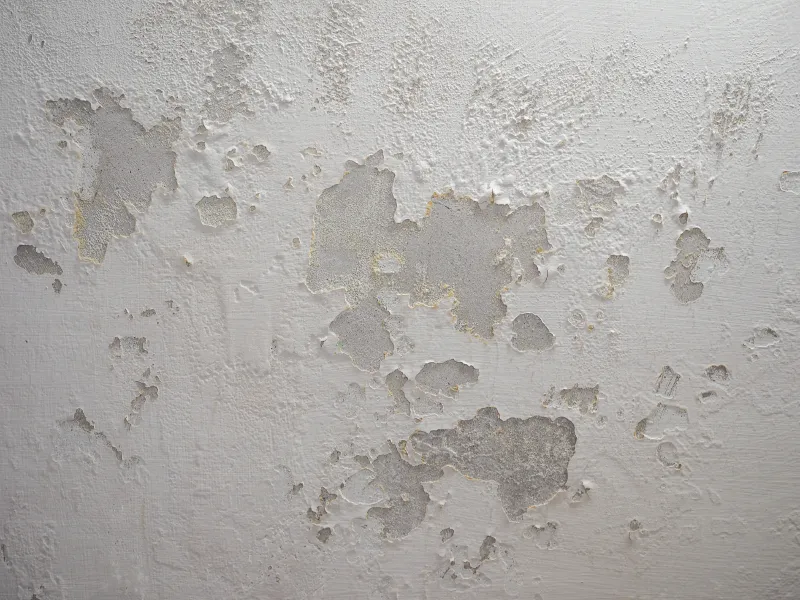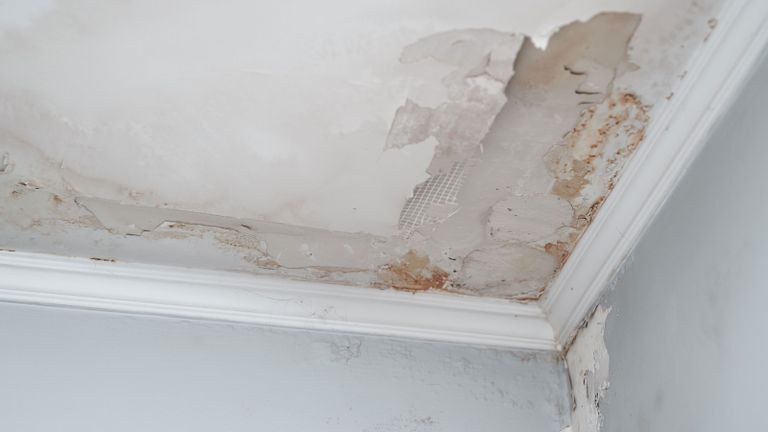Do's and Don'ts During Water Damages Emergencies.
Do's and Don'ts During Water Damages Emergencies.
Blog Article
The author is making a number of good pointers related to Reducing Your Risk Of Water And Fire Damage At Home overall in this post beneath.

Water offers life, water intrusion on parts where it's not supposed to be can result in damages. It can peel off away surface areas as well as erode the structure if the water soaks right into your framework. Mold as well as mildew additionally flourish in a wet environment, which can be unsafe for your health and wellness. Houses with water damages odor moldy and also old.
Water can originate from many resources such as hurricanes, floodings, ruptured pipes, leakages, and drain issues. In case you experience water damage, it would be good to recognize some security preventative measures. Here are a couple of standards on how to take care of water damages.
Do Prioritize Home Insurance Insurance Coverage
Water damages from flood because of hefty winds is seasonal. However, you can additionally experience an abrupt flood when a defective pipe all of a sudden ruptures into your home. It would be best to have home insurance coverage that covers both acts of God such as all-natural calamities, as well as emergency situations like broken plumbing.
Do Not Forget to Shut Off Utilities
This cuts off power to your whole house, avoiding electric shocks when water comes in as it is a conductor. Do not forget to transform off the primary water line shutoff.
Do Keep Proactive as well as Heed Weather Alerts
Storm floodings can be extremely unforeseeable. Remain ready and also aggressive if there is a background of flooding in your neighborhood. Listen to discharge cautions if you live near a lake, river, or creek . Secure valuables from the ground floor as well as cellar, then put them on the greatest possible level. Doing so lowers potential residential or commercial property damage.
Don't Neglect the Roofing System
You can avoid rain damages if there are no holes and leaks in your roof. This will protect against water from moving down your walls and saturating your ceiling.
Do Focus On Small Leaks
A burst pipe doesn't occur over night. Usually, there are red flags that show you have compromised pipelines in your home. You might observe gurgling paint, peeling wallpaper, water streaks, water stains, or dripping audios behind the walls. Ultimately, this pipeline will certainly break. Ideally, you should not wait on things to rise. Have your plumbing fixed prior to it results in enormous damages.
Do Not Panic in Case of a Ruptured Pipeline
Maintaining your clearheadedness is essential in a time of dilemma. Stressing will just intensify the trouble since it will certainly stifle you from acting quick. When it comes to water damage, timing is essential. The longer you wait, the more damage you can anticipate. Therefore, if a pipeline bursts in your house, quickly shut down your primary water valve to remove the source. After that disconnect all electrical outlets in the location or shut off the circuit breaker for that part of the house. Finally, call a credible water damages restoration specialist for assistance.
Water provides life, water intrusion on components where it's not supposed to be can result in damage. Homes with water damage smell musty as well as old.
Water damage from flooding charges to hefty winds is seasonal. You may observe bubbling paint, peeling off wallpaper, water touches, water stains, or trickling sounds behind the walls. When it comes to water damages, timing is crucial.
Some Do's & Don't When Dealing with a Water Damage
DO:
Make sure the water source has been eliminated. Contact a plumber if needed. Turn off circuit breakers supplying electricity to wet areas and unplug any electronics that are on wet carpet or surfaces Remove small furniture items Remove as much excess water as possible by mopping or blotting; Use WHITE towels to blot wet carpeting Wipe water from wooden furniture after removing anything on it Remove and prop up wet upholstery cushions for even drying (check for any bleeding) Pin up curtains or furniture skirts if needed Place aluminum foil, saucers or wood blocks between furniture legs and wet carpet Turn on air conditioning for maximum drying in winter and open windows in the summer Open any drawers and cabinets affected for complete drying but do not force them open Remove any valuable art objects or paintings to a safe, dry place Open any suitcases or luggage that may have been affected to dry, preferably in sunlight Hang any fur or leather goods to dry at room temperature Punch small holes in sagging ceilings to relieve trapped water (don't forget to place pans beneath!); however, if the ceiling is sagging extremely low, stay out of the room and we'll take care of it DO NOT:
Leave wet fabrics in place; dry them as soon as possible Leave books, magazines or any other colored items on wet carpets or floor Use your household vacuum to remove water Use TV's or other electronics/appliances while standing on wet carpets or floors; especially not on wet concrete floors Turn on ceiling fixtures if the ceiling is wet Turn your heat up, unless instructed otherwise

As a devoted reader on Simple Solutions To Preventing Fire And Water Damage To Your Home, I imagined sharing that piece of content was really useful. Sharing is nice. Helping people is fun. Thank you so much for your time invested reading it.
Report this page